The often cited goal in the treatment of idiopathic clubfoot is to safely and reliably correct the deformity to achieve a functional, painfree, plantigrade foot with good mobility, no Stretching technique consists of applying a cast on the affected foot and changing it regularly The aim is to stretch the affected foot in right direction This method is called ponseti technique Another method is club foot surgery procedure, when the conservative method fails surgery is optedTreatment should ideally begin shortly after birth, but older babies have also been treated successfully with the Ponseti method Elements of the method include Manipulation and casting Your baby's foot is gently stretched and manipulated into a corrected position and held in place with a longleg cast (toes to thigh) Each week this process of stretching, repositioning, and
Clubfoot Orthoinfo os
Club foot treatment in adults
Club foot treatment in adults-Club foot or clubfoot, is a term for the medical condition congenital talipes equinovarus (CTEV) It is a congenital deformity involving one foot or both It is relatively common, affecting around one in every 1,000 babies born in the UK Both feet are affected in around half of the children born with the condition LOC has been given the exclusive rights to prescribe and fit the CunninghamConservative and surgical approaches Regardless of the approach used, the treatment is aimed at correcting the deformity thereby preventing longterm
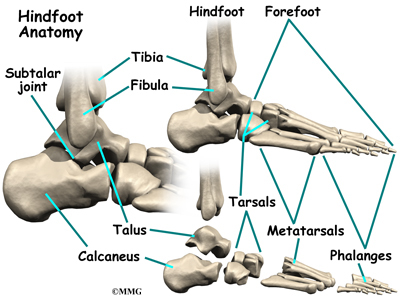



Conditions And Treatments
They won't correct on their own Club foot is a very treatable condition The treatment will notAdult Club Foot Adult patients of club foot can have trouble walking with curled toes, fused ankles, callouses and pain At LOC, we offer bespoke orthotic treatments such as insoles, custommade footwear and AFOs Upon consultation at LOC, we can discuss your goals and what you want to achieve via treatment Adult Club Foot Adults with this condition, has had a hard time finding bracing devices to address the variety of foot pain needs in the past Some of them also became amputees when all the surgical procedures failed We have been following 3D printing developments for a while and have seen the progress that was made with this technology in the past
The treatment of clubfoot has evolved over time and can generally be divided into two main approaches Conservative and Surgical Approaches The goal of treating clubfoot remains the same whatever the approach to provide longterm correction of the deformity resulting in a foot that is fully functional and painfree Other authors add the additional goals of achieving a foot The physio started the examination by asking me if I knew I had a slight club foot At the age of 61 this was a bit of a surprise as I didn't!The classic congenital club foot the results of treatment 1963 Clin Orthop Relat Res 09; Cited in This Article Cited by in Crossref 78 Cited by in F6Publishing 21 Article Influence 65 Reference Citation Analysis (0) 12 Ganesan B, Luximon A, AlJumaily A, Balasankar SK, Naik GR Ponseti method in the management of clubfoot under 2 years of age A
Surgery sometimes results in a stiffer foot than nonsurgical treatment, particularly as the years pass by For a surgical consult Call Dr Kolodenker Residual Clubfoot in Adults Residual club foot in adults can result in chronic pain and severe arthritis Surgical correction or Treatment The foot of a newborn is merely the size of an adult thumb As the foot matures, the development of the bones and joints become rigid and less flexible Therefore, the earlier treatment is initiated, the better the potential for a good outcome Treatment of clubfoot may be conservative, surgical or a combination of both The decision as to which method of Club Foot Talipes equinovarus (once called club foot) is a deformity of the foot and ankle that a baby can be born with It is not clear exactly what causes talipes In most cases, it is diagnosed by the typical appearance of a baby's foot after they are born The Ponseti method is now a widely used treatment for talipes




The Current State Of Treatment For Clubfoot In Europe Springerlink
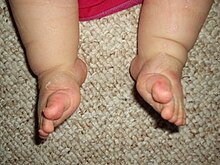



Clubfoot Wikipedia
Treatment The treatment of club foot is carried out after the first or second week of the child's birth This is because of the flexibility and fragility of the baby's bones, tendons and joints The treatment is of two approach; Future work is needed to better characterize other treatments that are utilized by adult patients with congenital clubfoot and the outcomes for those who undergo ankle or foot surgeries, especially as current evidence is largely limited to case series For example, the establishment of a longitudinal clubfoot treatment registry to track short and longtermThe goal of treatment is to obtain a functional, painfree foot that enables standing and walking with the sole of the foot flat on the ground Nonsurgical Treatment The initial treatment of clubfoot is nonsurgical, regardless of how severe the clubfoot deformity is




Pdf Use Of A Ponseti Hex Assisted Triple Arthrodesis A Case Study Of Bilateral Neglected Adult Clubfoot Semantic Scholar




Predicting Recurrence After Clubfoot Treatment Lower Extremity Review Magazine
Sometimes nonsurgical treatments, such as casting, can correct clubfoot Casting is a method for correcting clubfoot in the hopes of avoiding surgery The Ponseti method isThe Ilizarov method is a great alternative to other types surgery for adult clubfoot, which can cause nerve and blood vessel damage If you or someone you know is suffering from adult clubfoot, there is help available You need not go through life with this disability with today's technology and medical care Club foot treatment in the child, outcome in adults Overcorrection of talipes equinovarus President Lincoln's Gait Prenatal ultrasound diagnosis of club foot and counselling Ilizarov Method for Clubfoot Genetic basis of clubfoot Admin2, #2 NewsBot The Admin that posts the news Articles 1 Dorsal Bunion After Clubfoot Surgery Outcome of Reverse Jones




Advanced Ortho Surgeons What Can I Do About Clubfoot
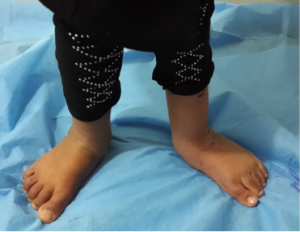



Clubfoot With Post Surgical Relapse Physiopedia
This treatment has been Hafiza holds her son Nafizul Nafizul is being treated for Club Foot at the IFB Assistive Device Centre at the Chuandanga Hospital in the western two mandarins with chinese lady's bound foot boot (18 engraving) clubfoot stock illustrations man with bilateral clubfoot clubfoot stock pictures, royaltyfree photos & images Woodburytype of a man sellingTreating club foot Treatment for club foot usually starts within 1 to 2 weeks of your baby being born The main treatment, called the Ponseti method, involves gently manipulating and stretching your baby's foot into a better position It's then put into a cast This is repeated every week for about 5 to 8 weeksCongenital club foot treatment in childhood, outcome and problems in adulthood Rev Chir Orthop Reparatrice Appar Mot 06 Apr There have been no reports on the results of treatment of sequelae in adults Most problems (pain, stiffness, osteoarthritis) are observed in the mid or rear foot Indications for conservative surgery (osteotomy) of the mid or rear foot are rare compared




Current Concepts With The Ponseti Technique




Significant Circumferential Atrophy At Right Leg Operatively Corrected Download Scientific Diagram
Lem once the foot grows sufficiently A foot of this type responds well to most treatments, and undue credit is often given to aggressive therapy that was unnecessary in the first place Clinical management of clubfoot is influenced by the severity, duration, and the etiology of the clubfoot as well as the degree and source of lameness, if present Evaluation of the foot should be perAt first, the foot is treated by trying to manipulate it back into its proper place and shape, but how the manipulation is done depends on the doctor, the facility, and the extent of the defect Many studies have been done comparing techniques for managing clubfeet and in most cases, adults who were born with a clubfoot did well with manipulation and casting as childrenStudies in adults show that patients treated using the Ponseti Method continue to have as strong and as healthy feet as adults born with normal feet 6 Clubfoot Treatment Overview The early stages of treatment are part of an intensive process that involves commitment by both the family and the health care team to achieve and maintain optimal results This section provides an




Talipes Equinovarus Clubfoot And Other Foot Abnormalities Pediatrics Merck Manuals Professional Edition




Correction Of The Neglected Clubfoot In The Adolescent And Adult Patient Foot And Ankle Clinics
The treatment for clubfoot consists of two phases Ponseti serial casting and bracing Treatment is always necessary, because the condition does not get better with growth Ponseti Serial Casting The Ponseti technique of serial casting is a treatment method that involves careful stretching and manipulation of the foot and holding with a cast The first cast is applied one to two weeks after Hi everyone, I've never thought about sharing my struggles and triumphs of my severe bilateral club feet, but now I see how many people struggle everyday with this pain like I do I'm 26 years I was born in June 1990 and was adopted 8 days later If it wasent for my family i wouldn't be walking I had my first surgery at 6 weeks old, and my last surgery was last yearI've had over 15 The surgical treatment of clubfoot in the adult is complicated, and the type of surgery and even the need for surgery, is controversial In 1932, Monberg, as cited in Storen (6), suggested that if a patient with severe clubfoot was not treated by years of age, no operation would give a satisfactory correction and the foot should be ampu tated In contrast, a study of 537 neglected
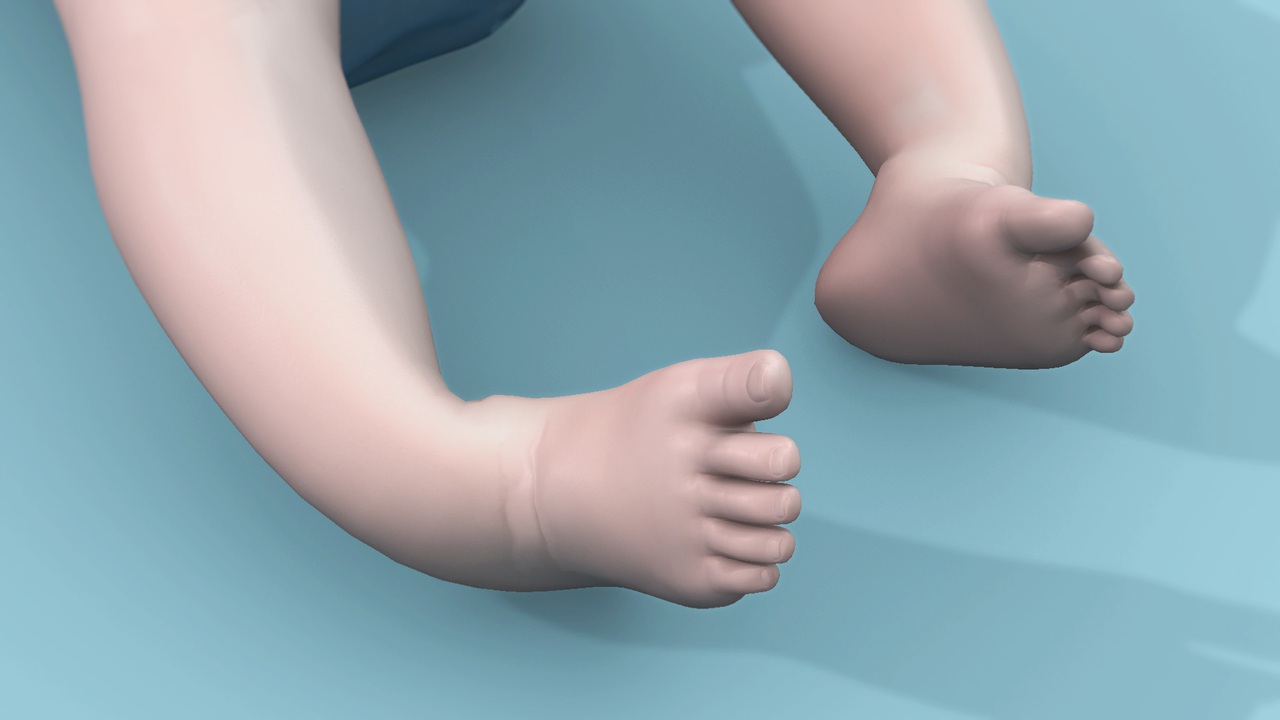



Clubfoot Treatment Bilateral Club Feet Foot Pain




Ponseti Method Physiopedia
Congenital club foot in the human fetus A histological study J Bone Joint Surg Am 1980 Jan 62 (1)2 Scher DM The Ponseti method for treatment of congenital club foot Curr Opin Pediatr 06 Feb 18 (1)225 Hussain FN The role of the Pirani scoring system in the management of club foot by the Ponseti methodUndercorrection is easier to treat in adulthood than overcorrection The most difficult problems in adulthood are neglected Treatment of the dorsal bunion of the great toe may require tendon transfer and/or fusion CONCLUSION A child born with clubfoot will never have a normal foot in adulthood Sequelae present at the end of growth will intensify during adult life;



Clubfoot Orthoinfo os
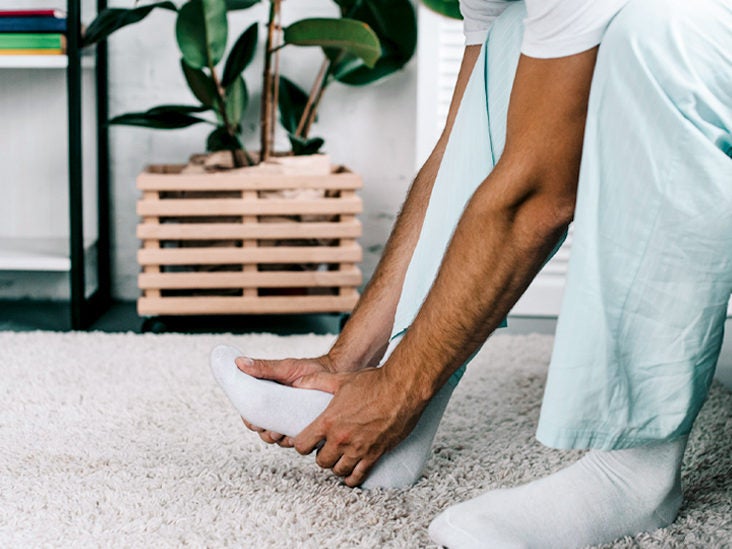



Clubfoot Causes Symptoms And Diagnosis
In a club foot, the entire foot is twisted "down and in," to the point that it looks like the feet are upside down, with the soles pointed upward In most cases, there is no known cause of idiopathic clubfoot deformity Clubfoot is one of the most common nonmajor birth defects Today, clubfoot can be treated with the conservative Ponseti Method of casting rather than extensiveOnce the treatment and maintenance are complete, the baby's clubfoot should be corrected and look and function like a normal foot Adult Clubfoot Clubfoot is a condition that is present at birth where one foot or both feet are in a position that points inward and downward The condition occurs in about 1 in every 1000 births and is moreTalipes / Clubfoot for Adults PrePonseti Treatment for Clubfoot Modern treatment for clubfoot follows the Ponseti Method, a mainly nonsurgical Effects of Surgical Clubfoot Treatment As patients reached adulthood, surgically treated feet often became painful and Adequate Footwear It
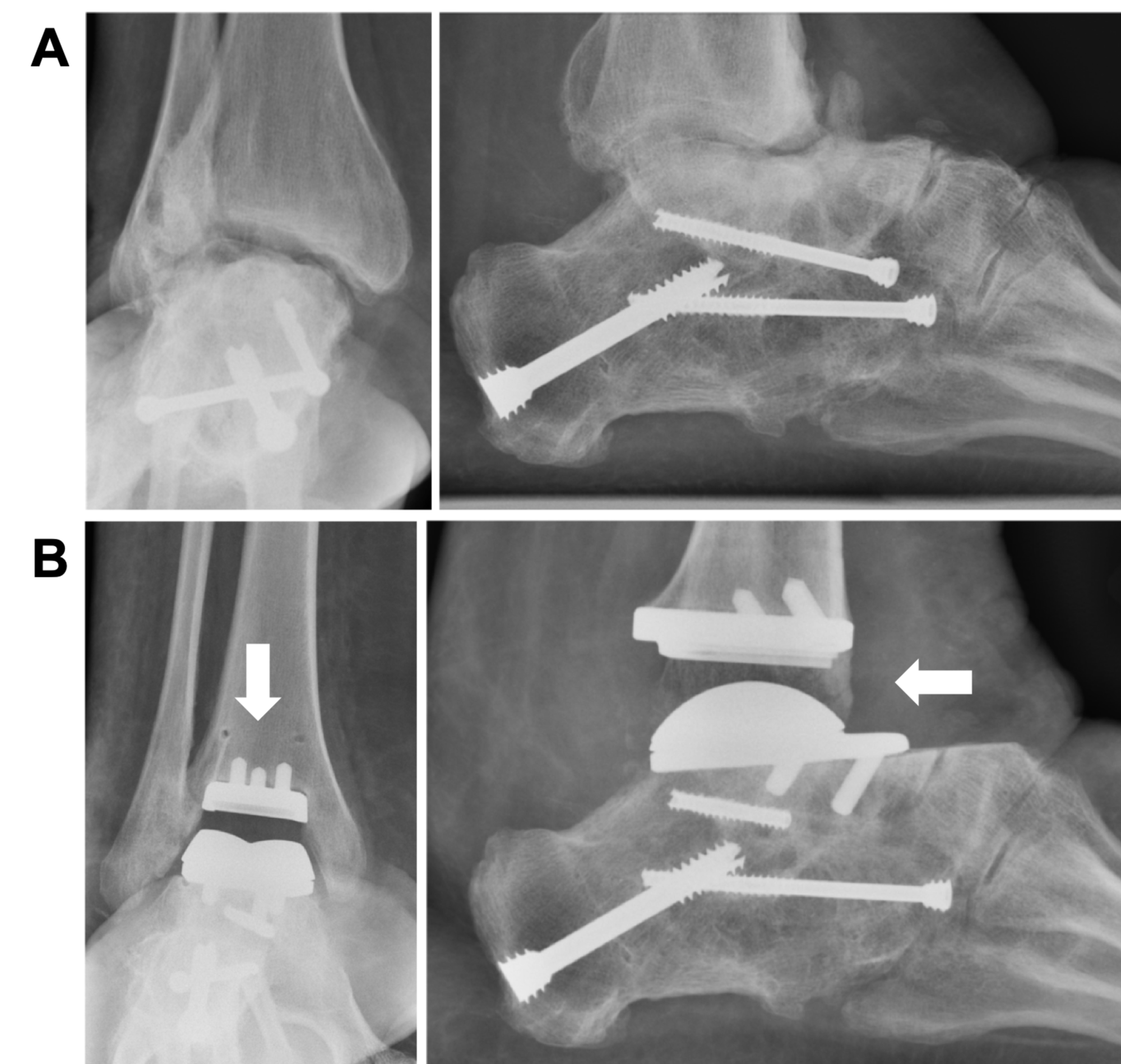



Cureus Arthrodesis Of The Foot Or Ankle In Adult Patients With Congenital Clubfoot
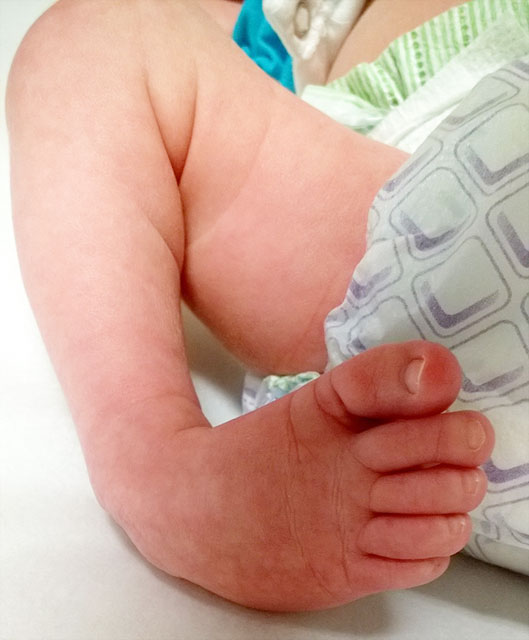



Clubfoot Johns Hopkins Medicine
Club foot Children can be treated very early and have excellent chance of no surgery Adults can be treated with secondary surgery that will improve pain and wa Read MoreCongenital Talipes Equinovarus is sometimes referred to as club foot Club foot occurs in less than 05% of births It is more common in boys than girls In half of the babies with club foot, both feet are affected The feet need to be corrected;OPERATIVE TREATMENT OF CLUBFOOT IN OLDER CHILDREN AND ADULTS BY HENRIK STBREN' As social medicine is improved in the different countries, cases of severe untreated congenital clubfoot in adults become more rare, and in Scandinavia they will soon presumably dis appear altogether Therefore the clubfoot material in older children and adults




To Parents Of Children Born With Clubfeet University Of Iowa Stead Family Children S Hospital




Clubfoot Wikipedia
Clubfoot Clubfoot is a congenital condition, one that a baby is born with in which the foot or feet turn inward It won't go away on its own, but with early treatment, children experience good results Clubfoot treatment includes the Ponseti method, a nonsurgical treatment to move the foot to the right position Appointments & AccessThe information compiled is from clubfoot family experiences, and the medical community Doctors and those in the medical field have opinions that may differ This document is not a substitute for professional medical advice Consult your doctor with questions Every clubfoot situation and every clubfoot child's treatment plan may differ slightlyFounded in 04 by John Mitchell, MD Orthopaedics is advancing footwear devices for nonsurgical clubfoot treatment and is an industry leader in the production of ankle and foot orthotics in North America The company has a staff of 28 and features more than products, including ankle foot orthotics (AFOs), abduction bars, training models, educational materials and a host of accessories
:max_bytes(150000):strip_icc()/GettyImages-976611020-532e1800b14b4c89aec1f2f6a855f199.jpg)



Newborn Baby Foot Problems And Deformities




Idiopathic Congenital Clubfoot Initial Treatment Sciencedirect
Treasure Karen, the idea of making drawings of the foot movements has been quite helpful for me Thanks Thank you, Brian and Angela, for all the corrections of my "German English" Tony and Andreas, thanks a lot for your help with the arrangements of text and images on the computer Guorong, Carolyn and Peggy, thank you for all the translation work for the 2nd edition Yuan,While this holds true for adults, babies' and toddlers' feet are different At the time of birth, at least six bones are still cartilage These growing feet need to be allowed to develop appropriately Research suggests that barefoot is best for these new walkers It enables the child's toes to grip the ground, and in turn helps to develop the small muscles of the foot Being barefootIt has always been a funny shape but noone ever mentioned it was a club foot Eventually I was referred to a podiatrist to see about an insert in my shoe to try and help with the position of the foot The podiatrist then asked me if I knew that
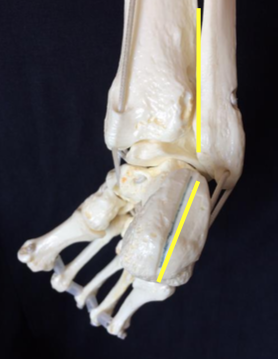



Introduction To Clubfoot Physiopedia




Early Treatment Helps Children Heal From Clubfoot Hi
Chapter 14 Africa Clubfoot Training Basic & Advanced Clubfoot Treatment Provider Courses Participant Manual University of Oxford Africa Clubfoot Training Project, 17 ↑ Lourenço AF, Morcuende JA Correction of neglected idiopathic club foot by the Ponseti method Bone & Joint Journal 07 Mar 1;(3)371
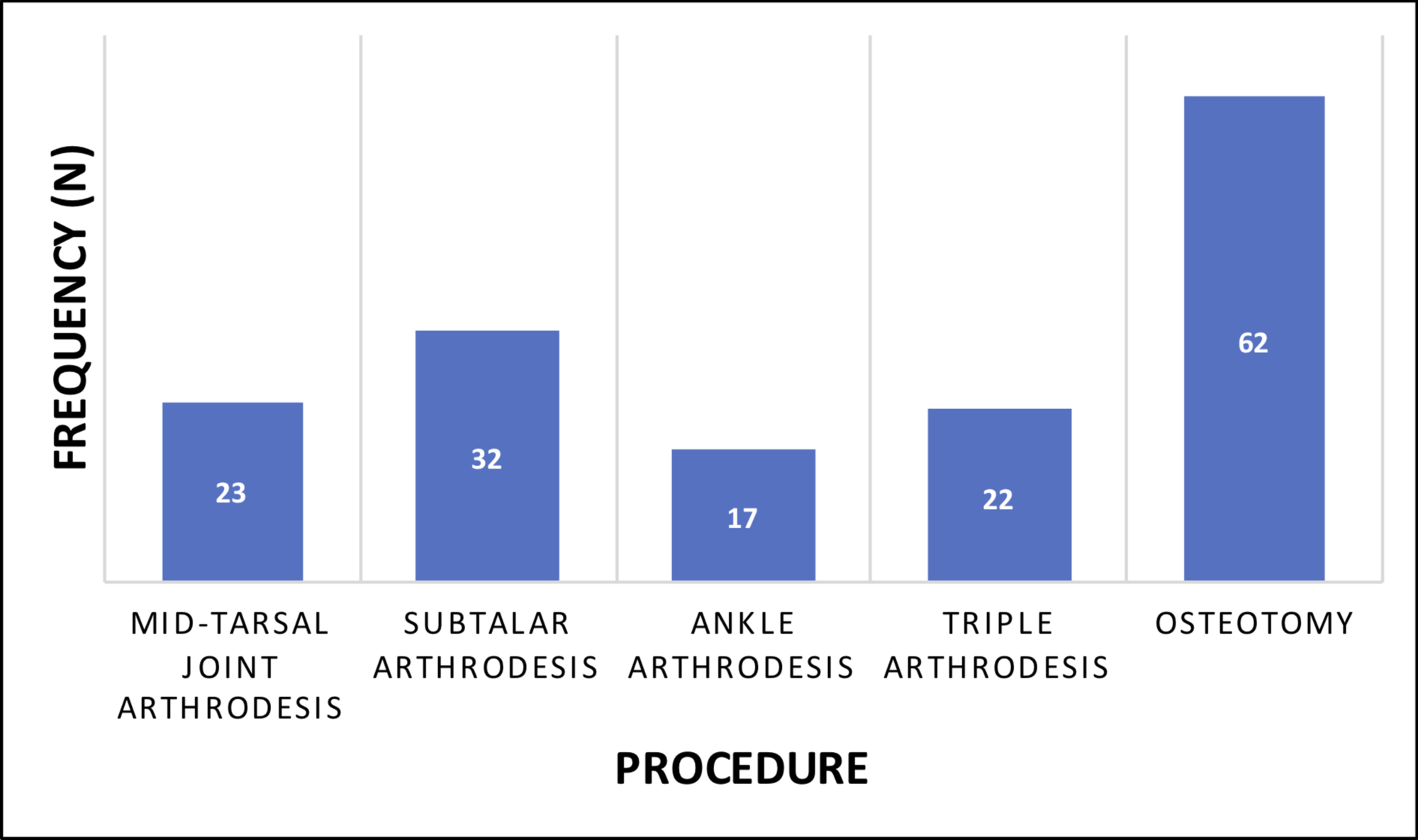



Cureus Arthrodesis Of The Foot Or Ankle In Adult Patients With Congenital Clubfoot




The Adult Sequelae Of Treated Congenital Clubfoot Foot And Ankle Clinics




Conditions And Treatments



2
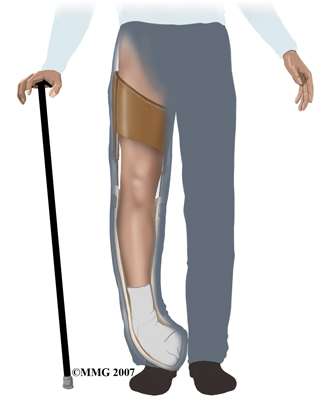



Physical Therapy In Plymouth For Pediatric Issues Clubfoot




In Pinay S Ciudad Clubfoot In Zamboanga Ph Our Clubfoot Story
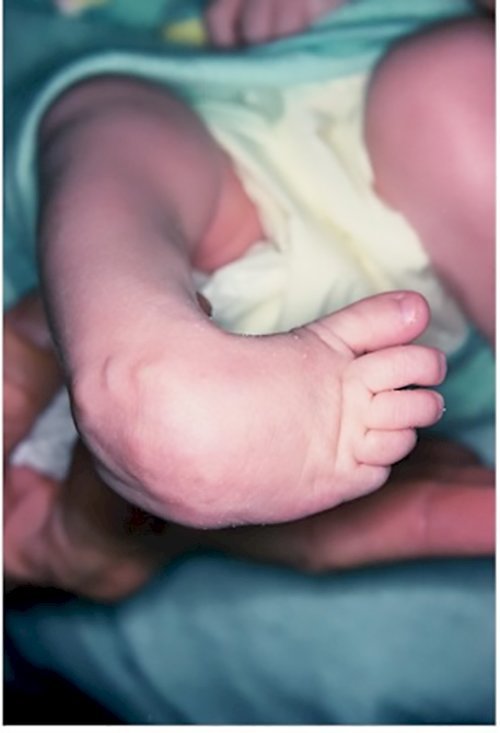



Club Feet Summary Symptoms Read More Summary Clubfoot Also Known As Talipes Equinovarus Is A Relatively Common Congenital Malformation Occurring In Approximately 1 1000 Births The Term Talipes Equinovarus Describes A Deformity In Which The




Surgical Treatment Of Neglected Clubfoot Using External Fixator Sciencedirect
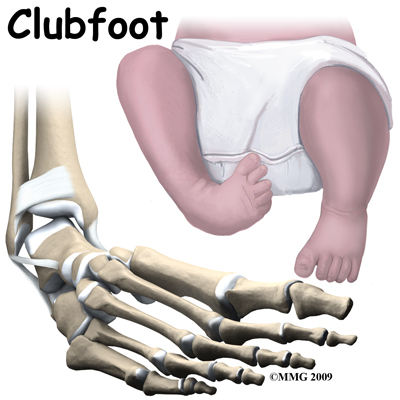



Physical Therapy In Plymouth For Pediatric Issues Clubfoot
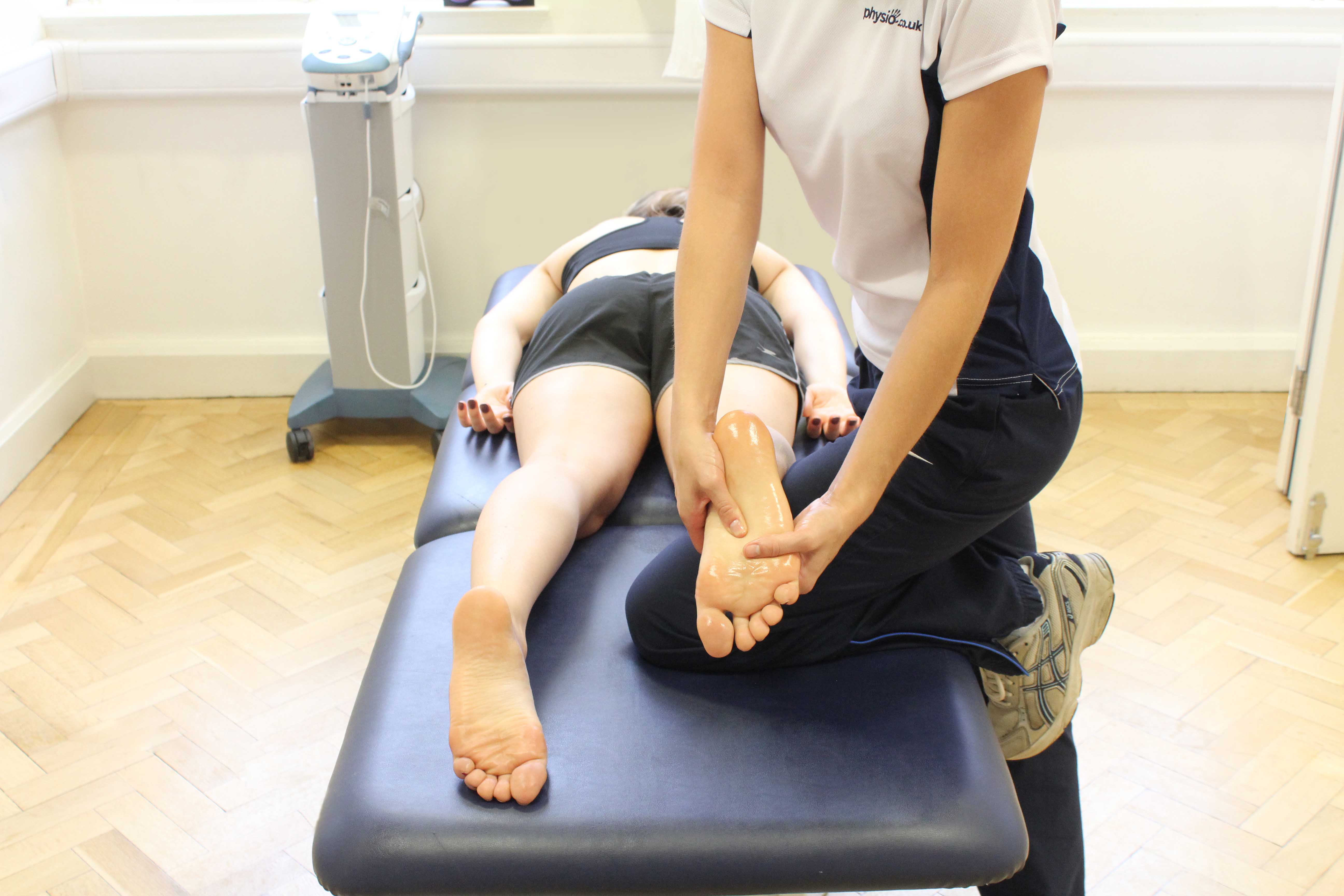



Talipes Foot Surgery What We Treat Physio Co Uk




Clubfoot Symptoms Causes Risk Factors Treatment




Expert Advocates Adoption Of Ponseti Method In Treatment Of Clubfoot Deformities The Guardian Nigeria News Nigeria And World News Features The Guardian Nigeria News Nigeria And World News



Clubfoot Symptoms Stages Definition Description Demographics Causes And Symptoms Diagnosis



1
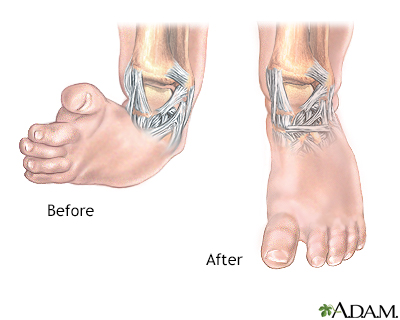



Clubfoot Information Mount Sinai New York




Treatment Of Relapsed Residual And Neglected Clubfoot Adjunctive Surgery Journal Of Children S Orthopaedics



Feet




Physical Therapy In Plymouth For Pediatric Issues Clubfoot



Clubfoot Orthoinfo os




How To Do Clubfoot Stretches Nemours Kidshealth Youtube




Treatment Of Neglected And Relapsed Clubfoot With Midfoot Osteotomy A Retrospective Study
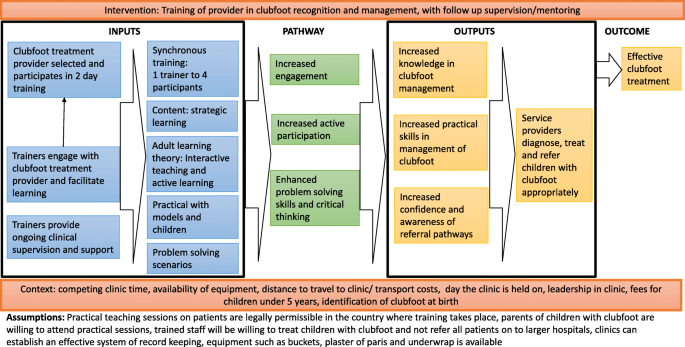



The Development Of A Training Course For Clubfoot Treatment In Africa Learning Points For Course Development Bmc Medical Education Full Text




Clubfeet Causes And Treatment Options Myfootshop Com
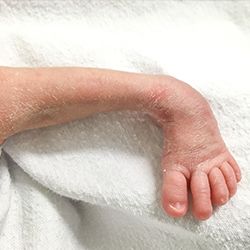



Clubfoot Causes And Treatments Palos Hills And Mokena




What Is Club Foot Talipes Equinovarus What Causes Club Foot Spina Bifida Club Foot Nursing Study




An Analysis Of The Mechanical Properties Of The Ponseti Method In Clubfoot Treatment
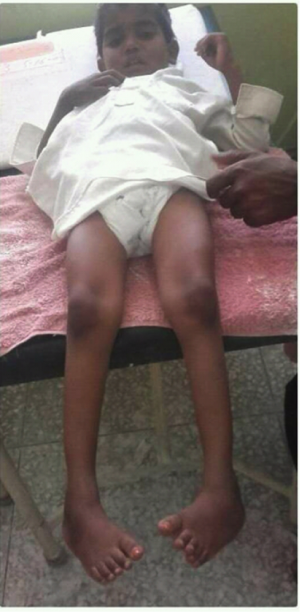



Neglected Bilateral Clubfoot Physiopedia




Clubfoot Footcaremd




Club Foot Treatment
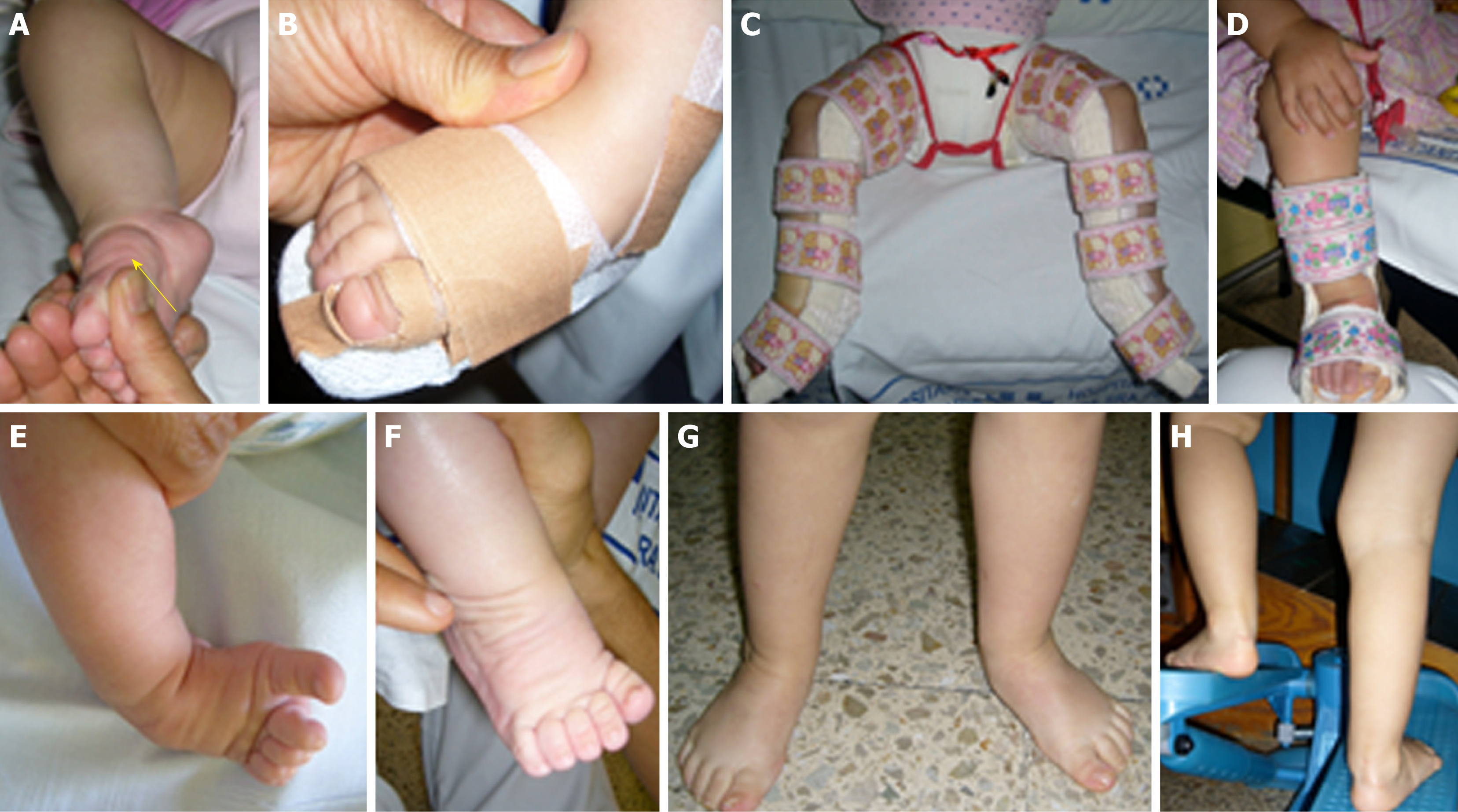



Functional Physiotherapy Method Results For The Treatment Of Idiopathic Clubfoot



Clubfoot Orthoinfo os



Adult With Left Clubfoot Rotary Action Group For Clubfoot
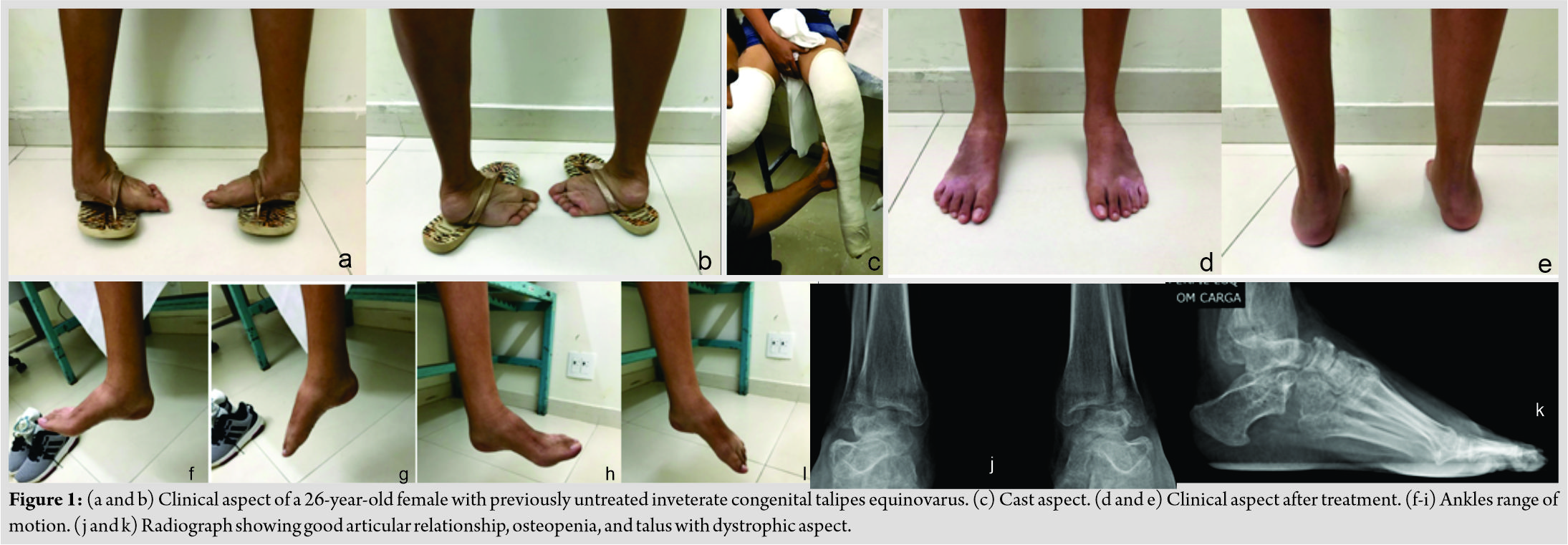



Neglected Idiopathic Clubfoot Successfully Treated By The Ponseti Method A Case Report Of An Adult Patient Who Started Treatment At 26 Years Of Age Journal Of Orthopaedic Case Reports




Treatment Of Relapsed Residual And Neglected Clubfoot Adjunctive Surgery Journal Of Children S Orthopaedics



Clubfoot Orthoinfo os
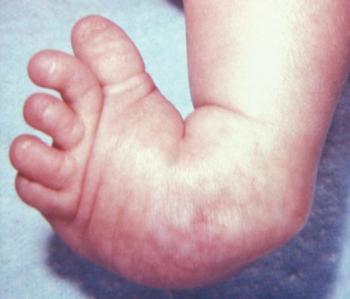



Clubfoot Causes And Treatments
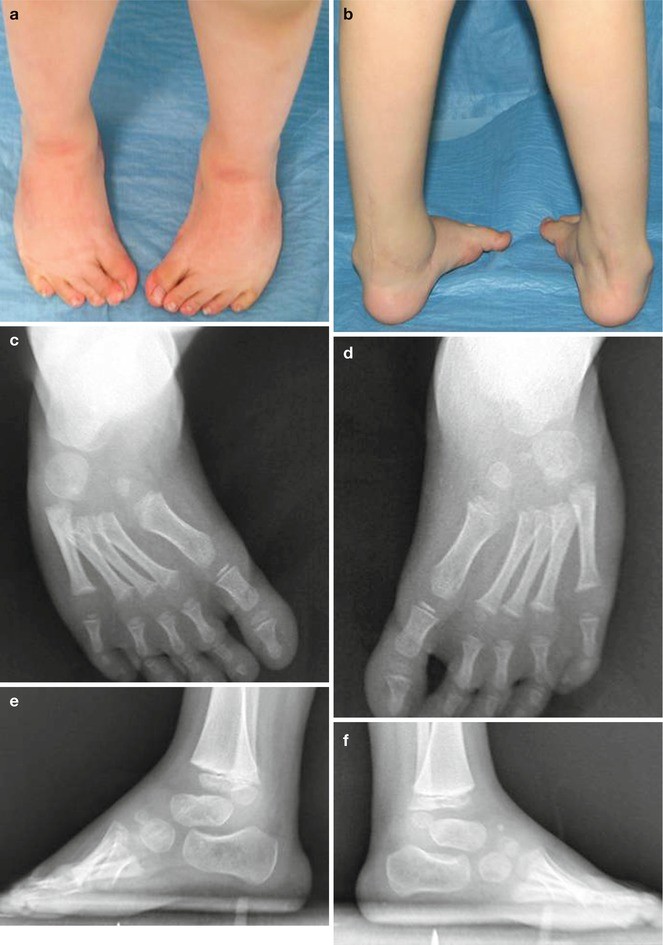



Management Of Clubfoot Springerlink
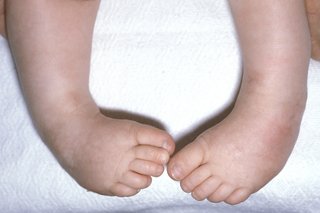



Club Foot Nhs
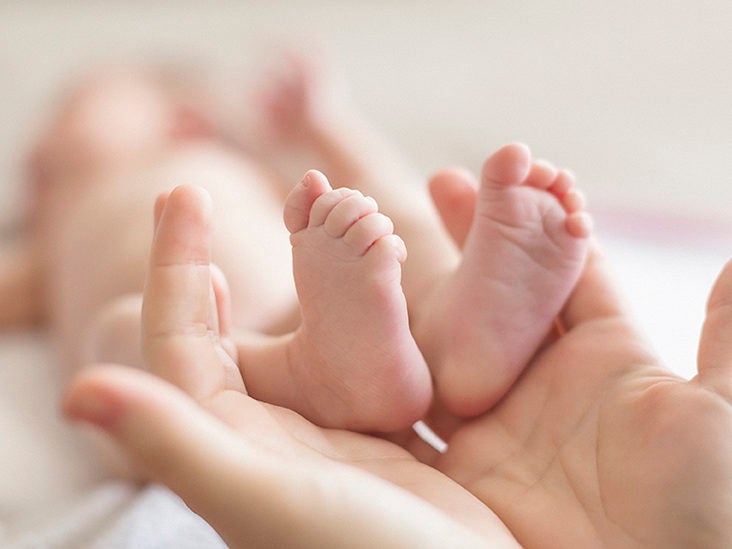



Clubfoot Repair Treatments Procedure Outlook




Talipes Clubfoot Steps Charity
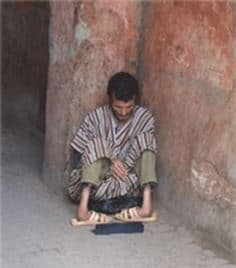



Ponseti Method Treatment Rotary Action Group For Clubfoot
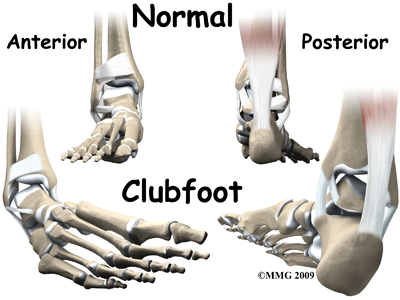



Physical Therapy In Plymouth For Pediatric Issues Clubfoot




Clubfoot Congenital Talipes Equinovarus Pediatrics Orthobullets




Figure 1 From Case Report Correction Of Neglected Club Foot Deformity By Arthroscopic Assisted Triple Arthrodesis Semantic Scholar
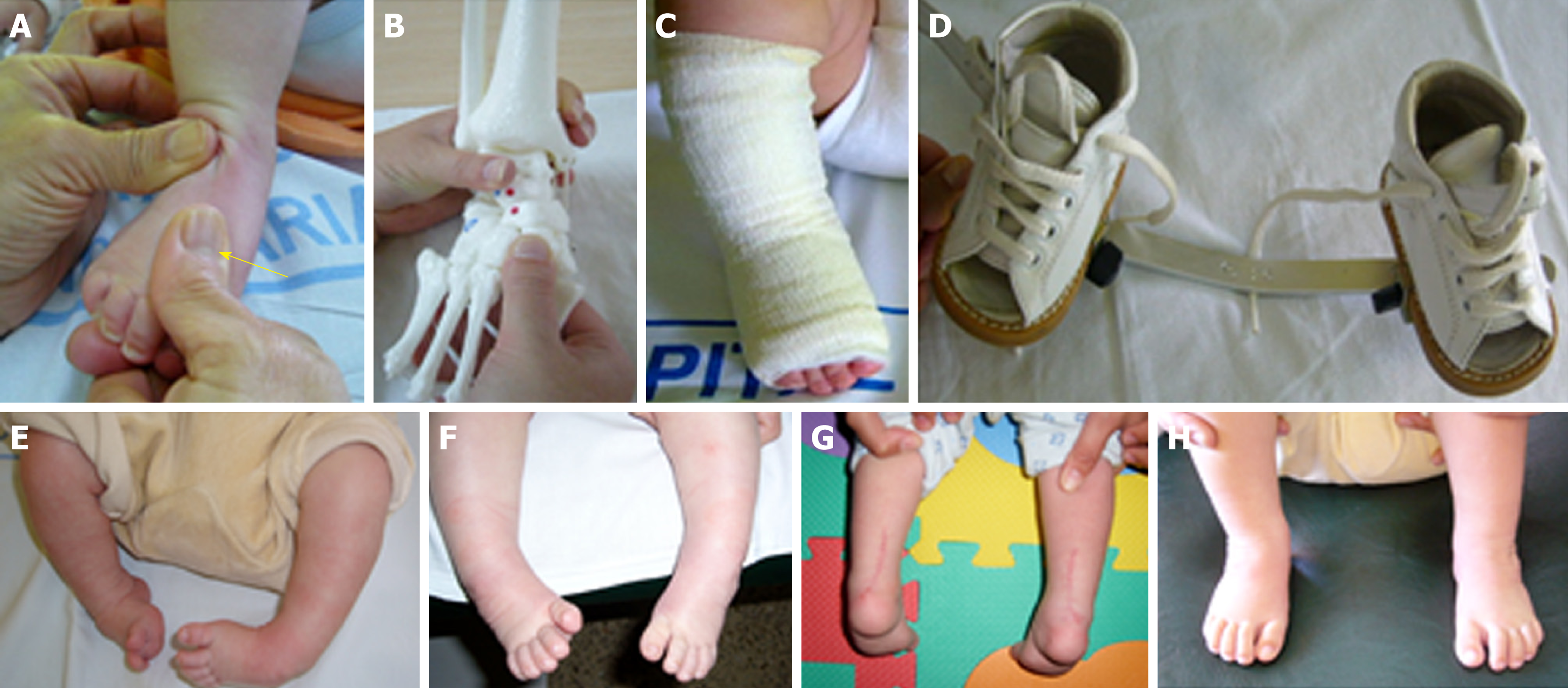



Functional Physiotherapy Method Results For The Treatment Of Idiopathic Clubfoot



1




The Adult Sequelae Of Treated Congenital Clubfoot Foot And Ankle Clinics



1
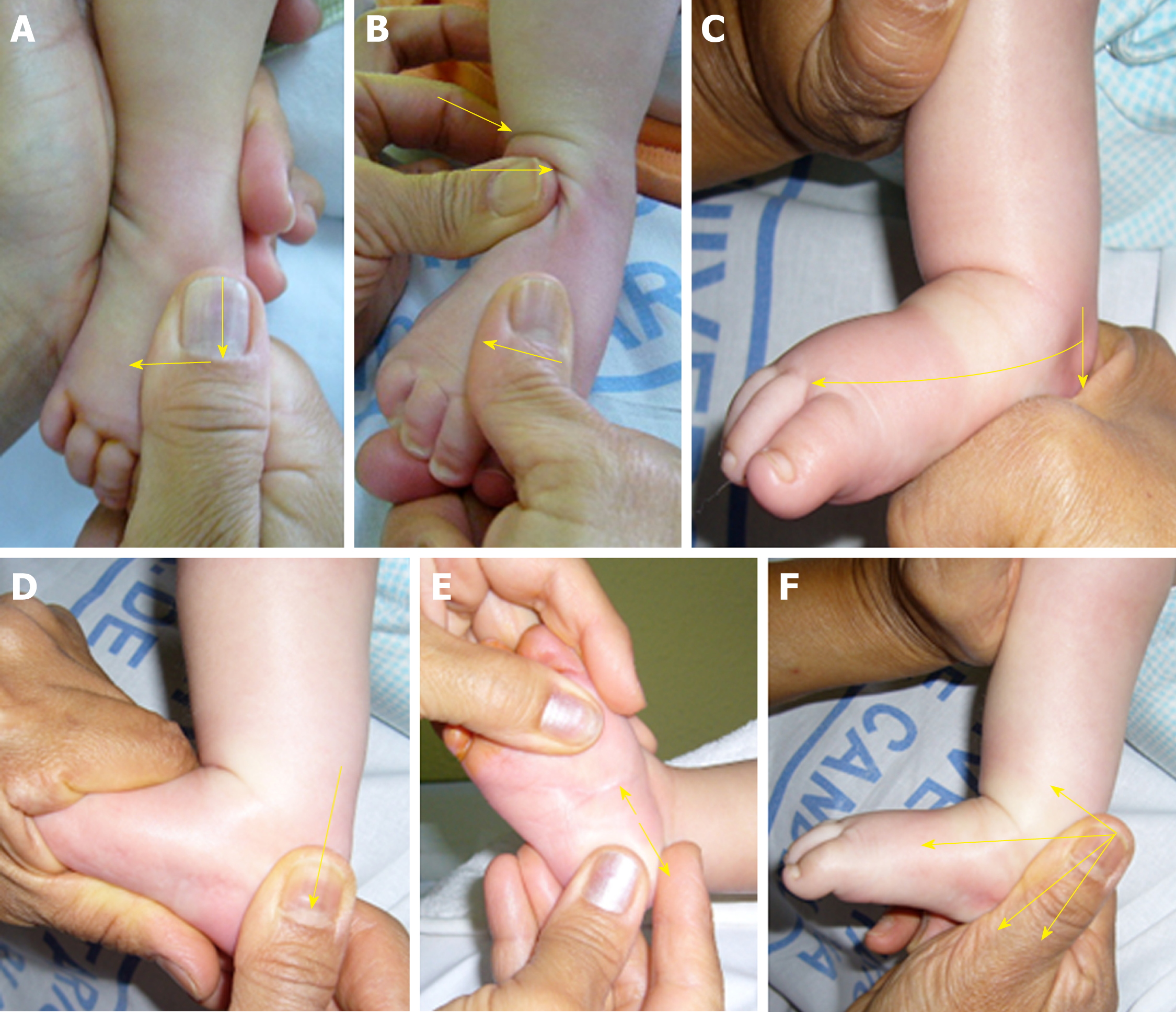



Functional Physiotherapy Method Results For The Treatment Of Idiopathic Clubfoot
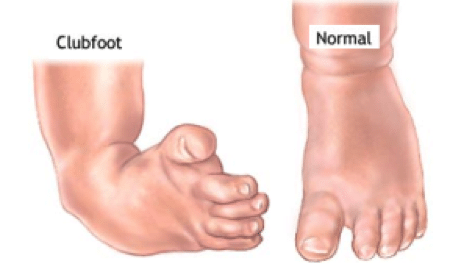



Club Foot Disorders Davis Foot Comfort Center
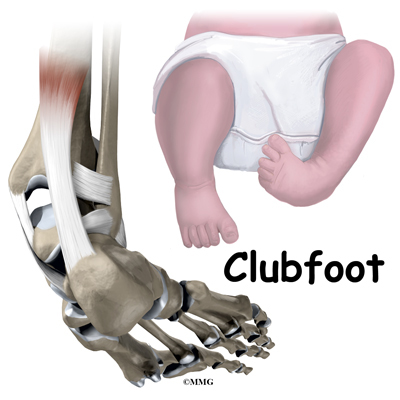



Patient Education Concord Orthopaedics



Rallis Ortho Hospital Clinical Cases Adult Clubfoot
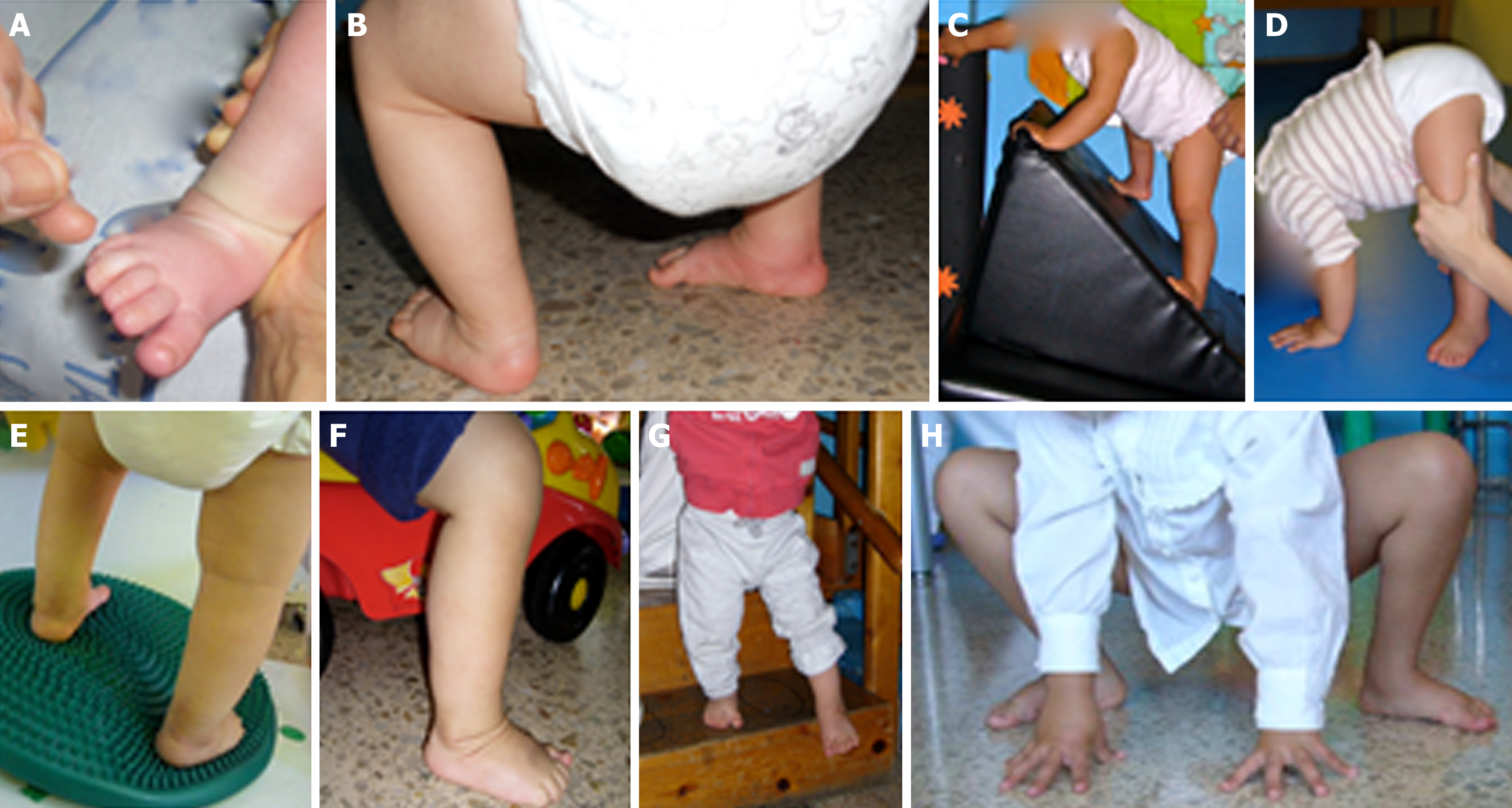



Functional Physiotherapy Method Results For The Treatment Of Idiopathic Clubfoot
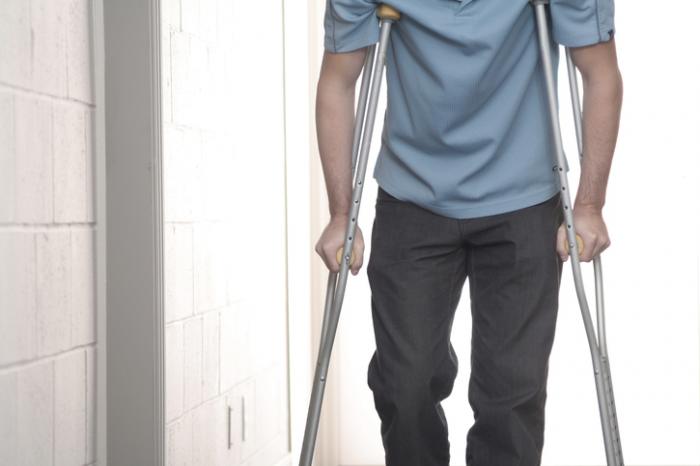



Clubfoot Causes And Treatments



Clubfoot Orthoinfo os
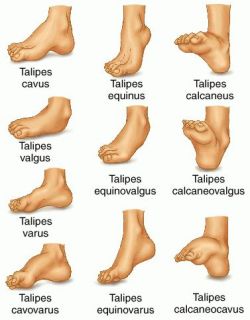



Do You Suffer With A Club Foot Put Your Feet In Our Hands
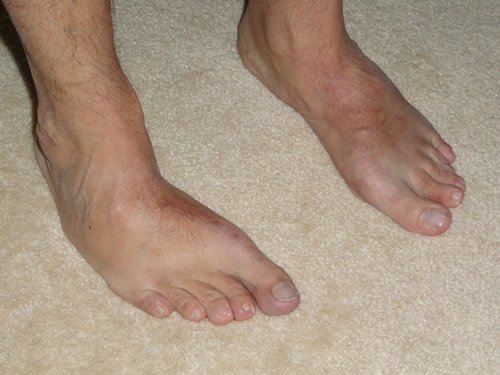



Club Feet Summary Symptoms Read More Summary Clubfoot Also Known As Talipes Equinovarus Is A Relatively Common Congenital Malformation Occurring In Approximately 1 1000 Births The Term Talipes Equinovarus Describes A Deformity In Which The
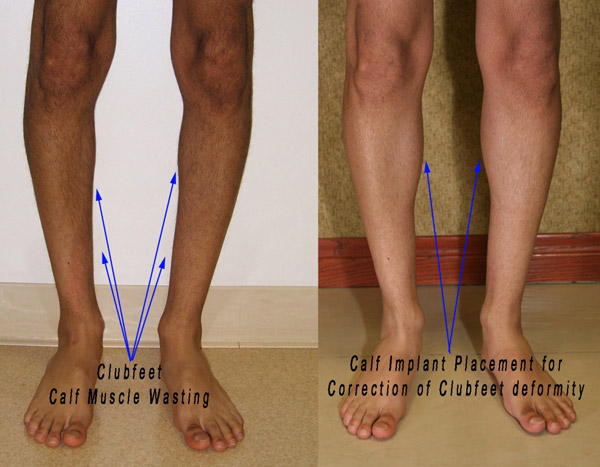



Clubfoot Correction With Implants Calf Implants Los Angeles



Ponseti Method Surpasses Surgery For Long Term Clubfoot Outcomes Lerpediatrics Com




Pdf Result Of Neglected Idiopathic Clubfoot Treatment By Ponseti Technique A Case Study Of Zero Clubfoot Project In Bangladesh




Club Foot Nhs
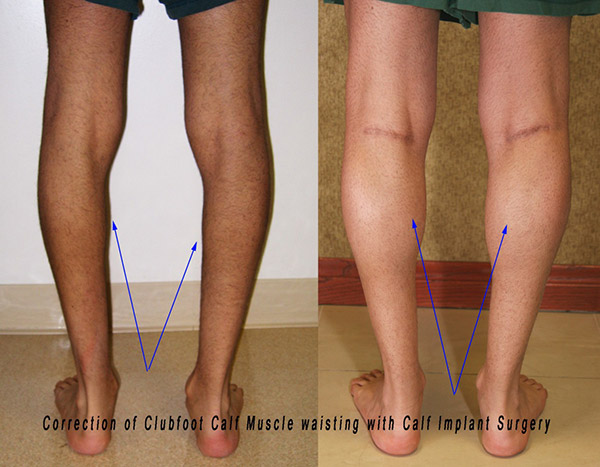



Clubfoot Correction With Implants Calf Implants Los Angeles



Feet



1
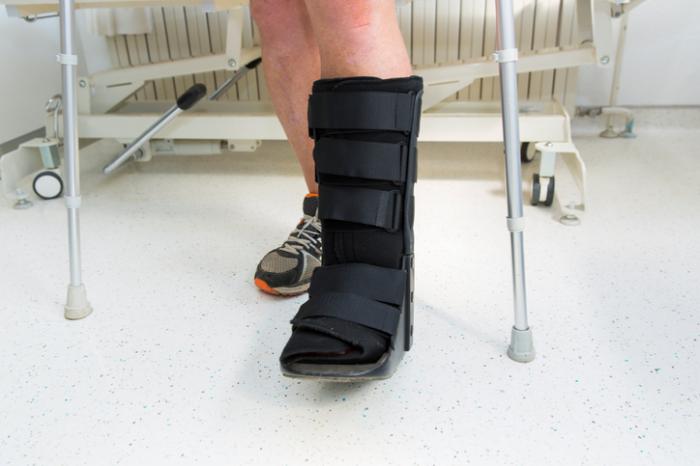



Clubfoot Causes And Treatments




Predicting Recurrence After Clubfoot Treatment Lower Extremity Review Magazine




To Parents Of Children Born With Clubfeet University Of Iowa Stead Family Children S Hospital
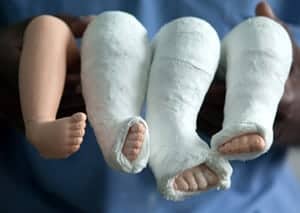



Children S Clubfoot Treatment Causes Pediatric Foot Ankle
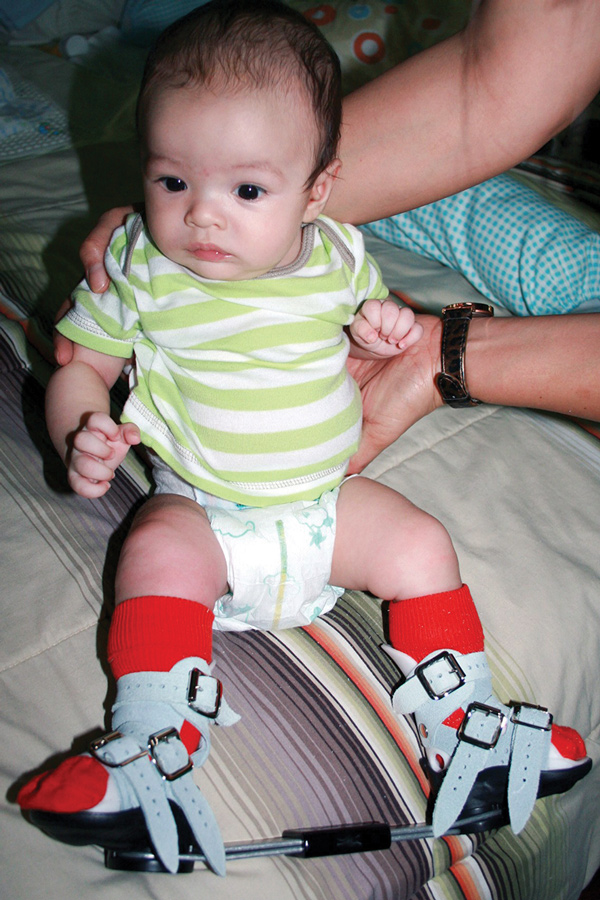



Gait Analysis For Clubfoot May Reveal Long Term Issues Lower Extremity Review Magazine
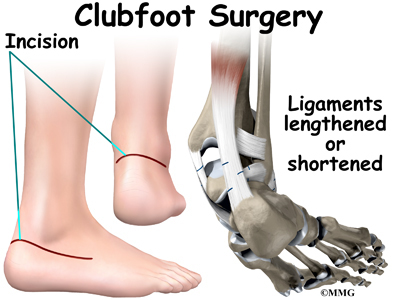



Conditions And Treatments




Clubfoot Status After Revision Surgery With Recurrent Deformity Download Scientific Diagram
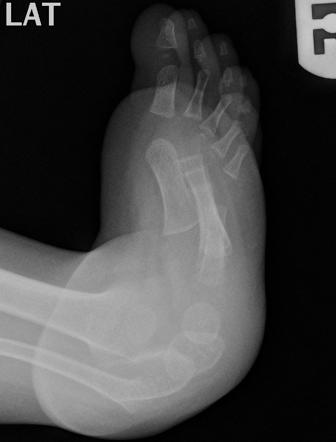



Clubfoot Congenital Talipes Equinovarus Pediatrics Orthobullets
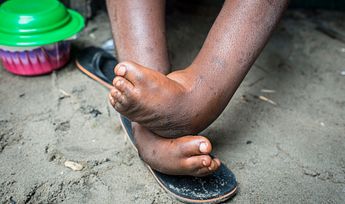



About Clubfoot Miraclefeet




Ndorms University Of Oxford Clubfoot Treatment With The Ponseti Technique Is The Biggest Achievement In Children S Orthopaedics In The Last 50 Years Says Consultant Surgeon And Volunteer With The Africaclubfoot Training




Clubfoot Causes Symptoms And Diagnosis




Clubfoot Recurrent Clubfoot Dr Ratnav Ratan Youtube




To Parents Of Children Born With Clubfeet University Of Iowa Stead Family Children S Hospital




Results Of Modified Ponseti Technique In Difficult Clubfoot And A Review Of Literature Journal Of Clinical Orthopaedics Trauma



Clubfoot Treatment Adults




Non Surgical Treatment For Clubfoot Helps Those Who Can T Afford It Pbs Newshour




Club Foot Disorders Davis Foot Comfort Center




How Is Clubfoot Corrected The Clubfoot Club



0 件のコメント:
コメントを投稿